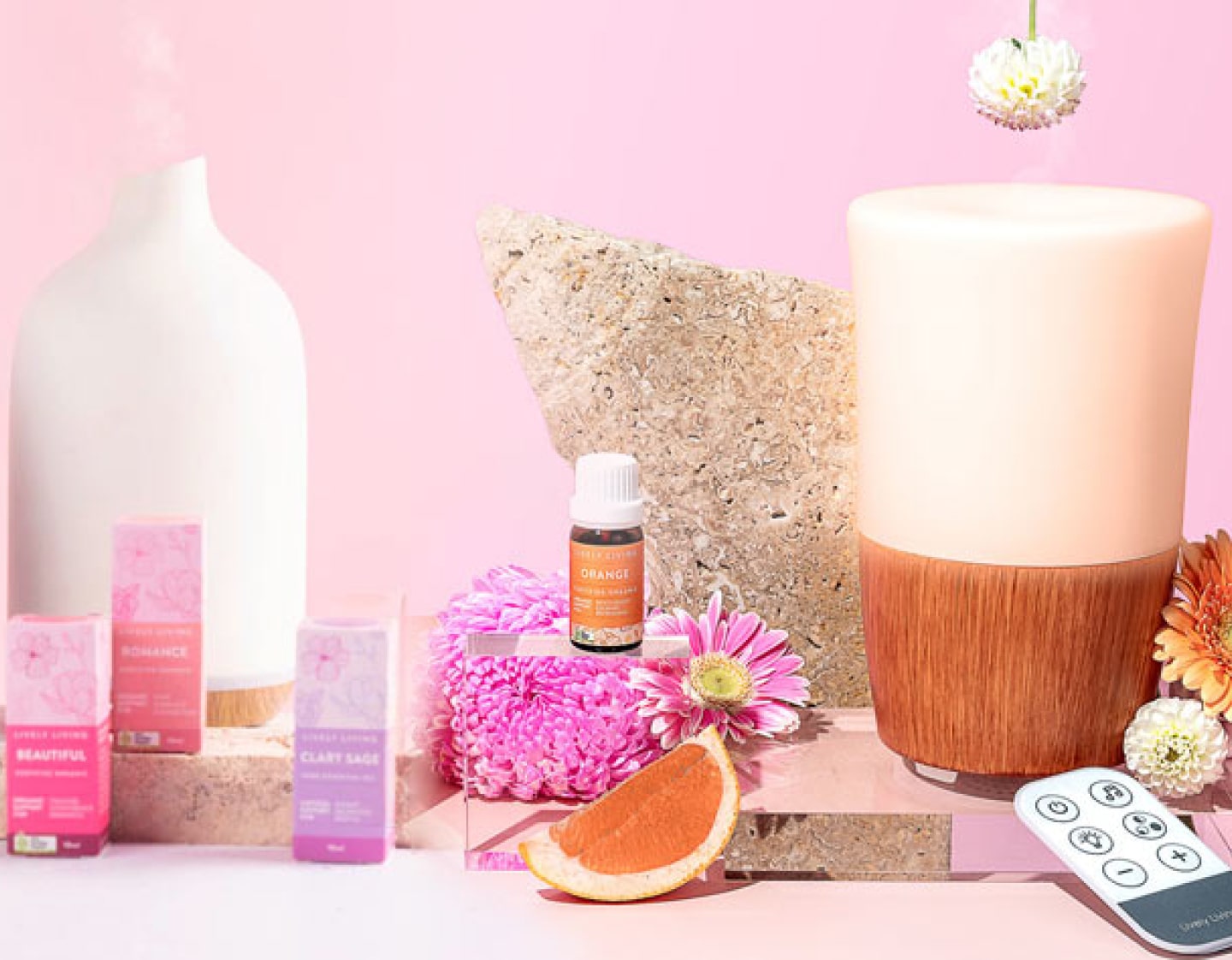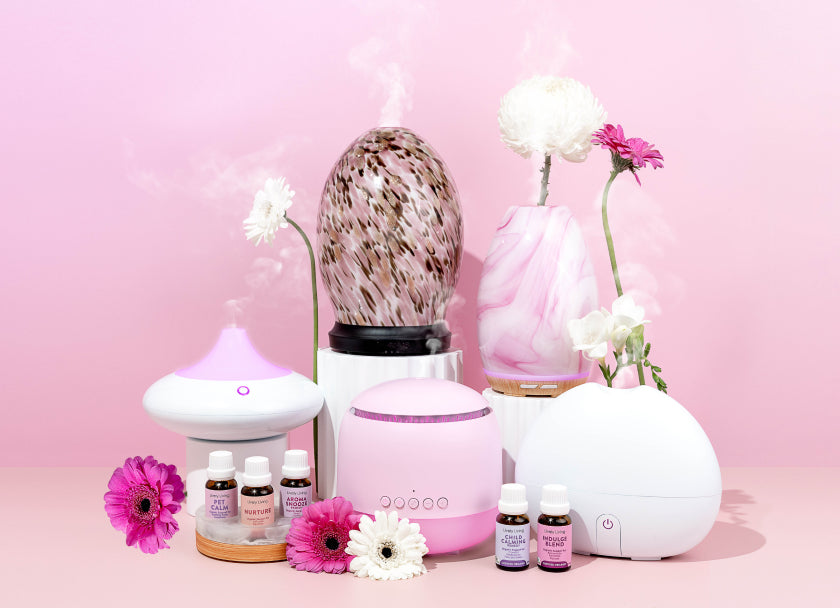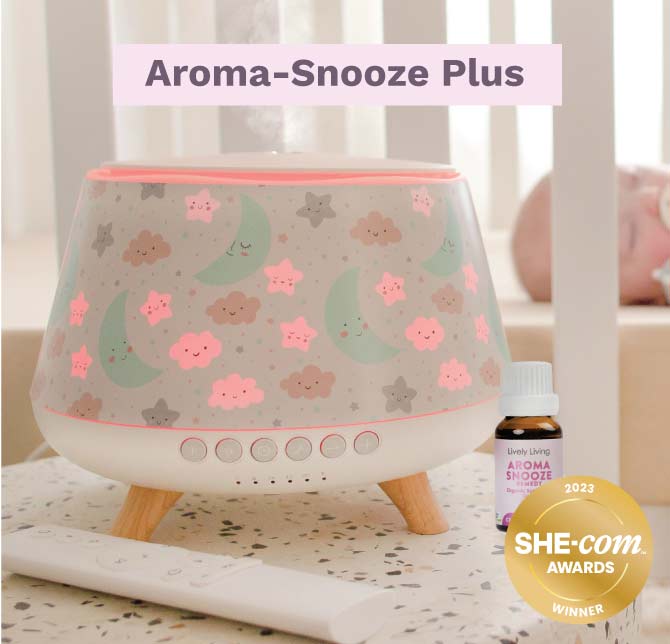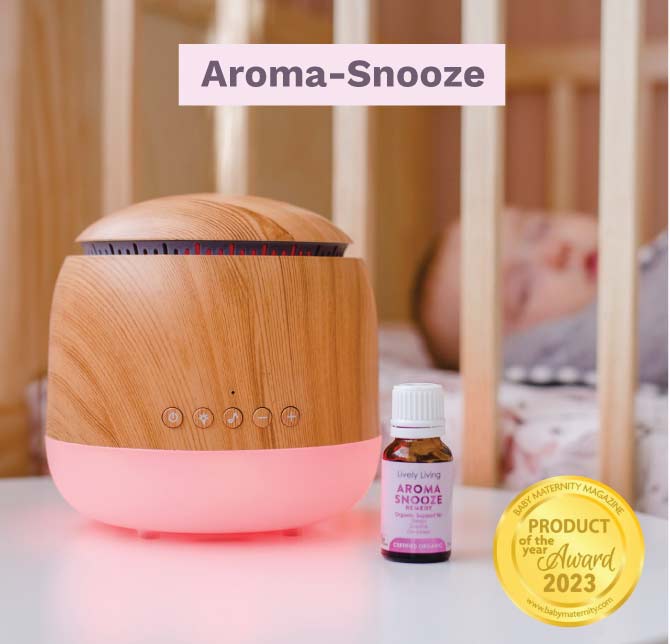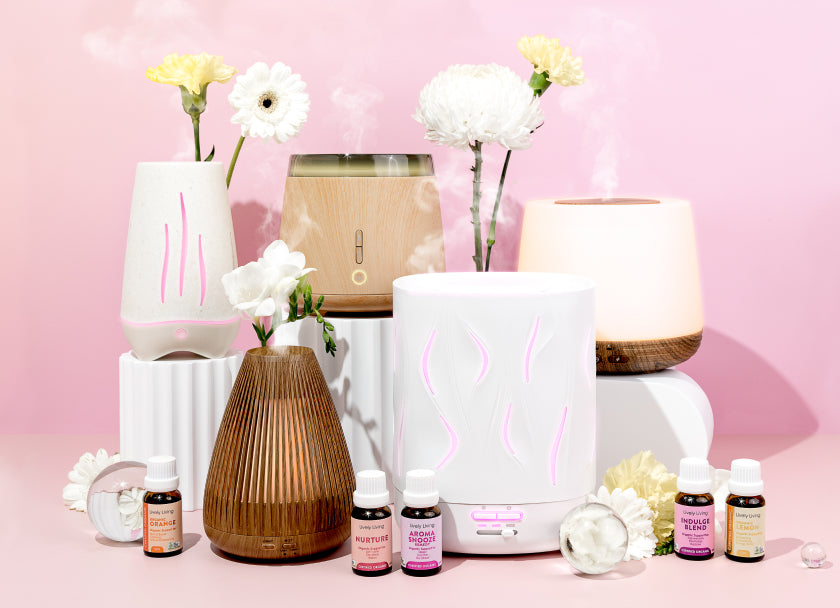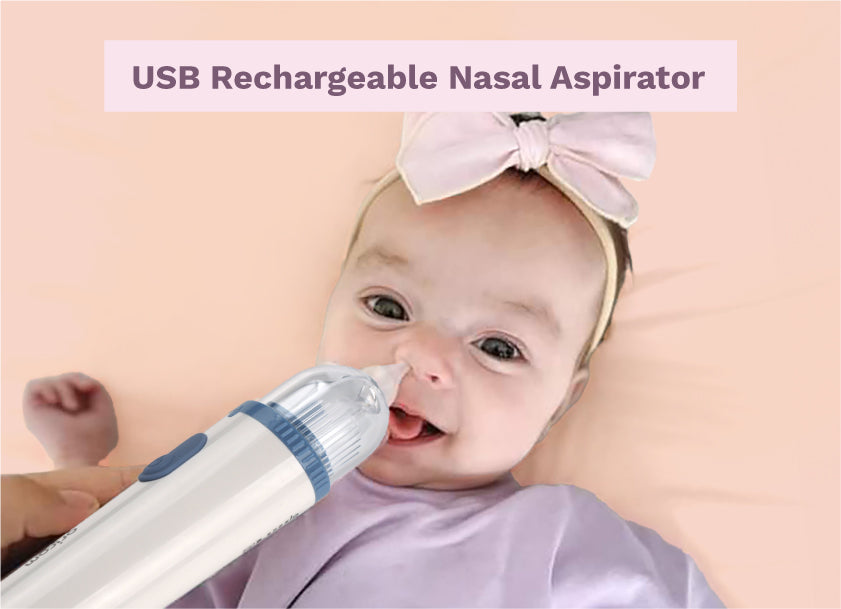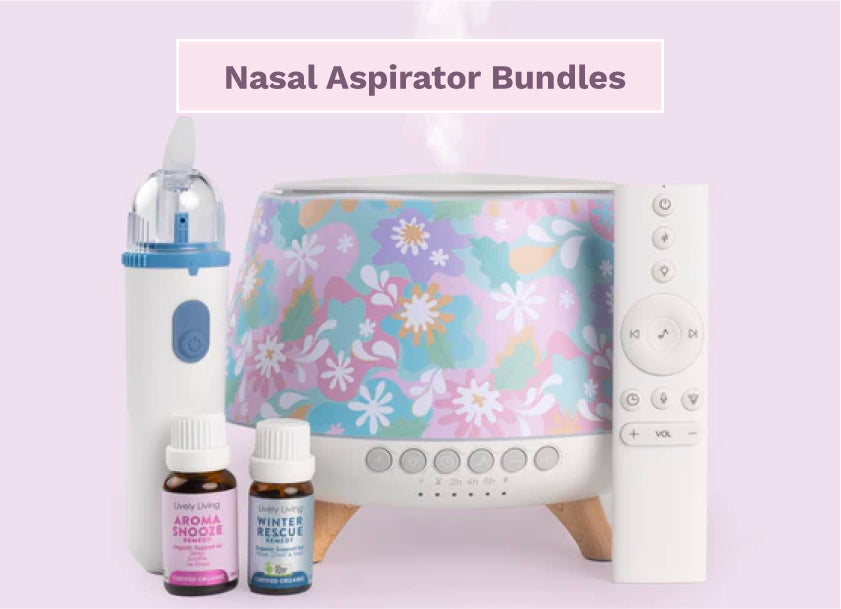Best Nasal Aspirator for Congested Babies
Watching your little one struggle with a stuffed-up nose is tough for any parent. Their discomfort is obvious, and we instinctively want to help them breathe easier. Thankfully, nasal aspirators, often called a snot sucker or baby snot sucker, offer a practical solution to relieve congestion in babies who can't blow their own noses.
These handy devices can significantly improve your baby's comfort, especially before feeding or sleeping. But with various types like the classic bulb syringe, manual aspirators, and electric models available, choosing the best nasal aspirator for congested babies can feel overwhelming. Options range from simple tools to advanced gadgets like the Snotty Boss nasal aspirator.
We've researched to guide you through the choices, helping you find effective nasal aspirators. We will examine different types, important features, and offer our top recommendations. This information will help you select the ideal tool to clear your baby's stuffy nose and help them instantly relieve congestion.
Table Of Contents:
- Types of Nasal Aspirators for Babies
- Key Features to Look for in a Nasal Aspirator
- Top Picks for Best Nasal Aspirator for Congested Babies
- Tips for Using a Nasal Aspirator Effectively
- Comparing Nasal Aspirator Types
- When to See a Doctor
- Other Ways to Help a Congested Baby
- Conclusion
Types of Nasal Aspirators for Babies
Understanding the main categories of nasal aspirators is the first step. Each type has its own method of operation, benefits, and drawbacks. Knowing these differences helps parents feel more confident in their choice.
Bulb Syringe
Often provided by hospitals after birth, the bulb syringe is a common type of nasal aspirator. It typically consists of a simple rubber bulb attached to a narrow tip. To use it, you squeeze the air out of the bulb, gently insert the tip into the baby's nostril, and release the bulb to create suction and pull mucus out.
These are inexpensive and widely available, making them accessible. However, achieving effective suction can sometimes be difficult, and cleaning the inside of the rubber bulb thoroughly is challenging. Trapped moisture can lead to mold or bacteria growth if not dried completely.
Manual Nasal Aspirator (Parent-Powered)
Manual aspirators use suction generated by the parent's mouth. These devices consist of a tube with a mouthpiece for the parent, a collection chamber for mucus, and a soft tip for the baby's nostril. A disposable filter prevents any transfer of mucus or germs from the baby to the parent.
Many parents prefer these because they allow for controlled, adjustable suction strength, often proving more effective than a standard bulb syringe for clearing stubborn nasal mucus. Cleaning is usually straightforward as most parts can be disassembled and washed with warm soapy water. Some popular brands offer starter bundle kits with extra filters.
Electric Nasal Aspirator
Electric or motorised aspirators offer a convenient, automated solution for snot removal. These battery-operated devices provide consistent suction with the push of a button. Many models feature adjustable suction levels, allowing parents to choose the appropriate suction strength for their baby's needs and the thickness of the congestion.
These are generally the easiest to operate, requiring minimal effort from the parent. Some electric aspirators, like certain motorised aspirators available, might even play music or have lights to distract and calm the baby during use. While typically more expensive, their ease of use and features make them appealing, especially for parents dealing with frequent snotty noses.
Key Features to Look for in a Nasal Aspirator
Selecting the best nasal aspirator for congested babies involves considering several important factors. Paying attention to these details will help you find a device that is safe, effective, and easy to manage. This makes the process of clearing your baby's nose less stressful for both of you.
- Ease of use: When your baby is fussy and uncomfortable, you need a device that is simple and quick to operate. Look for intuitive designs, especially for use during nighttime awakenings. Some parents search social media for video demonstrations before buying.
- Effectiveness & Suction Strength: The primary purpose is to clear nasal mucus efficiently. Check reviews or product descriptions for information on suction strength. Adjustable suction is a plus, allowing you to adapt to different levels of congestion.
- Comfort and Safety: The tip that enters the baby's nose should be made of soft, medical-grade silicone and sized appropriately for tiny nostrils. This prevents injury or irritation to the delicate nasal passages. Avoid inserting any aspirator tip too deeply.
- Ease of Cleaning: Proper hygiene is critical. Choose a nasal aspirator kit that can be easily disassembled for thorough cleaning with warm soapy water and sterilization, if recommended. Clear collection chambers help you see if the device is clean.
- Durability: A well-constructed baby nasal aspirator will withstand repeated use, especially during cold and flu season. Consider materials and build quality. Reading reviews from other parents can provide insight into long-term durability.
- Portability: If you travel often or need to clear your baby's nose while out, consider a compact model. Some manual and electric aspirators come with carrying cases for convenience. Think about needing it alongside the infant car seat on trips.
- Noise Level (Electric Models): For electric or motorised aspirators, a quiet motor is preferable. Loud noises can frighten babies, making the process more difficult.
Top Picks for Best Nasal Aspirator for Congested Babies
Tips for Using a Nasal Aspirator Effectively
Simply owning a good nasal aspirator isn't enough; using it correctly maximizes its effectiveness and ensures your baby's safety. Proper technique can make the process smoother and provide better relief for your baby's stuffy nose. Remember to always be gentle.
- Use Saline Spray or Drops First: Applying a few drops of saline spray or solution into each nostril a few minutes before suctioning is highly recommended by medical professionals. Saline helps loosen thick or dried nasal mucus, making it much easier to remove with the aspirator. This step is crucial for effective snot removal.
- Position Your Baby Comfortably: Hold your baby in a slightly upright position or cradle them securely in your arms. This can help gravity assist with drainage and prevent gagging. Some parents find it easier with a partner helping to hold the baby still.
- Be Gentle with Insertion: Gently insert the soft tip of the aspirator into the nostril, angling it slightly towards the side or back, not straight up. Do not force the tip or insert it too deeply, as this can cause irritation or injury to the delicate nasal lining. The goal is to create a seal at the nostril opening.
- Suction One Nostril at a Time: Create suction according to the device instructions (squeezing the bulb, sucking on the mouthpiece, or pressing the button). Suction each nostril separately, allowing your baby to breathe between attempts. Limit suctioning time in each nostril to a few seconds.
- Clean Thoroughly After Every Use: This is vital to prevent bacteria and mold growth. Disassemble the aspirator completely and wash all parts that came into contact with mucus using warm soapy water. Rinse well and allow all pieces to air dry completely before reassembling.
- Use Before Feedings and Sleep: Clearing your baby's nose before they eat (especially if breastfeeding, as they need to breathe through their nose) or sleep can significantly improve their comfort. This helps them feed more easily and rest better, aiding their recovery. Many parents find this helps their children breathe better almost immediately.
- Limit Suctioning Frequency: While effective, overuse can potentially irritate the nasal passages. Limit suctioning to a few times a day, primarily when congestion clearly interferes with breathing, eating, or sleeping. Consult your pediatrician if you feel the need for more frequent use.
Comparing Nasal Aspirator Types
Choosing between bulb, manual, and electric aspirators depends on your priorities. Here's a quick comparison to help you decide:
| Feature | Bulb Syringe | Manual Aspirator | Electric Aspirator |
|---|---|---|---|
| Effectiveness | Basic, may struggle with thick mucus | Good to Excellent, parent-controlled suction | Good to Excellent, consistent motorised suction |
| Ease of Use | Simple concept, technique varies effectiveness | Requires coordination (parent suction) | Very easy, push-button operation |
| Cleaning | Difficult to clean thoroughly inside bulb | Easier, parts usually disassemble | Easy, parts usually detachable & washable |
| Cost | Lowest | Moderate | Highest |
| Portability | Very portable | Portable, may have case | Portable, bulkier due to batteries/motor |
| Features | Basic rubber bulb | Filters, controlled suction | Adjustable suction, music/lights possible |
Consider factors like how often you expect to use it, your budget, and your comfort level with each method. For occasional, mild congestion, a bulb syringe might suffice. For frequent or thicker congestion, a manual or electric model might offer better relief and easier cleaning.
When to See a Doctor
While most cases of baby congestion are mild and manageable at home with tools like a nasal aspirator and saline spray, certain signs warrant a visit to your pediatrician or a medical professional. Prompt medical attention is important if your baby shows signs of respiratory distress or worsening illness. Don't hesitate to seek help if you are concerned.
Contact your doctor if your baby experiences any of the following:
- High Fever: A rectal temperature over 100.4°F (38°C) in newborns (under 3 months) always requires immediate medical evaluation. For older babies, consult your doctor about fever guidelines.
- Breathing Difficulties: Signs include rapid breathing, flaring nostrils, grunting sounds with each breath, wheezing, or retractions (skin pulling in around the ribs or neck). These indicate your baby is working hard to breathe and needs assessment.
- Poor Feeding or Dehydration: If congestion prevents your baby from feeding well (bottle or breast milk), leading to fewer wet diapers than usual, dehydration is a concern. Signs include dry mouth, sunken soft spot, or lethargy.
- Prolonged Congestion: If nasal congestion lasts longer than 10-14 days or seems to be worsening instead of improving.
- Signs of Ear Infection: Increased irritability, pulling at ears, or fever alongside congestion could indicate an ear infection, which may develop after a cold. Ear infections require medical treatment.
- Excessive Irritability or Lethargy: If your baby is unusually fussy, difficult to console, or seems overly sleepy and unresponsive.
- Thick, Colored Nasal Discharge: While common, if yellow or green discharge persists for many days or is accompanied by other concerning symptoms, check with your doctor.
Trust your instincts as a parent. If something feels wrong or your baby seems significantly unwell, seeking advice from medical professionals, perhaps even guidance like that from Nationwide Children's Hospital resources, is always appropriate. In emergencies involving severe breathing difficulty, call 911 or go to the nearest emergency room.
Other Ways to Help a Congested Baby
Using a nasal aspirator is a direct way to clear nasal mucus, but other strategies can also help relieve congestion and make your baby more comfortable. Combining these methods often provides the best results, helping your baby breathe easier day and night. These offer gentle, often non-medicated solutions.
- Use a Cool-Mist Humidifier: Adding moisture to the air, especially in dry environments or during winter, can help thin nasal secretions, making them easier to clear. Place a cool-mist humidifier, like a Hush Vaporiser, in your baby's room, particularly near the crib, but out of reach. Clean the humidifier regularly according to manufacturer instructions to prevent mold growth. Avoid hot-mist vaporizers due to burn risks.
- Elevate the Head Slightly: For babies older than infants who can roll or reposition themselves, slightly elevating the head of the mattress (by placing a thin towel under the mattress, never pillows in the crib) might help drainage. However, always follow safe sleep guidelines; consult your pediatrician before elevating the crib mattress, as this is not typically recommended for young infants due to SIDS risks. Safe sleep practices usually involve a flat, firm surface.
- Offer Plenty of Fluids: Keeping your baby well-hydrated helps thin mucus naturally. Offer breast milk or formula frequently. Proper hydration makes it easier for the body to manage congestion.
- Utilize Steam: Sitting with your baby in a steamy bathroom (run a hot shower with the door closed for 10-15 minutes) can help loosen congestion. The warm, moist air can soothe irritated nasal passages and make mucus easier to suction or drain. Never leave your baby unattended near hot water.
- Keep Air Clean: Avoid irritants like cigarette smoke, strong perfumes, aerosols, or dust, which can worsen nasal inflammation and congestion. Ensure good ventilation in your home. Some parents find natural air purifiers helpful.
- Gentle Patting: Sometimes, gently patting your baby's back while they are upright can help loosen mucus in the chest, although this is more for chest congestion than purely nasal stuffiness.
- Avoid Certain Products: Unless specifically recommended by your pediatrician, avoid using vapor rubs containing camphor or menthol (like some types of Breathe Butter) on babies under 2 years old. Also, never use essential oils directly on babies or in diffusers in their immediate vicinity without explicit medical advice, as they can be harmful or cause respiratory irritation.
Combining these supportive measures with appropriate use of a saline spray and a nasal aspirator can effectively manage most cases of baby congestion. Many parents find these simple steps make a significant difference for their uncomfortable baby.
Conclusion
Finding the right tool to manage your baby's stuffy nose can significantly ease stress during colds or allergy seasons. The best nasal aspirator for congested babies is one that works effectively for your child, is easy for you to operate and clean, and fits your budget. Whether you choose a classic bulb syringe, a parent-powered manual snot sucker like the NoseFrida, or a convenient motorised aspirator, the goal is clear nasal passages for comfortable breathing.
Remember to always pair suctioning with saline spray or drops to loosen mucus first, and prioritize gentle use and thorough cleaning. While nasal aspirators provide excellent non-medicated relief, stay alert for signs that require a medical professional's attention. With the right approach using nasal aspirators and other supportive measures like humidifiers and hydration, you can help your little one breathe easier, feed better, and rest more comfortably through periods of snotty noses and congestion.

